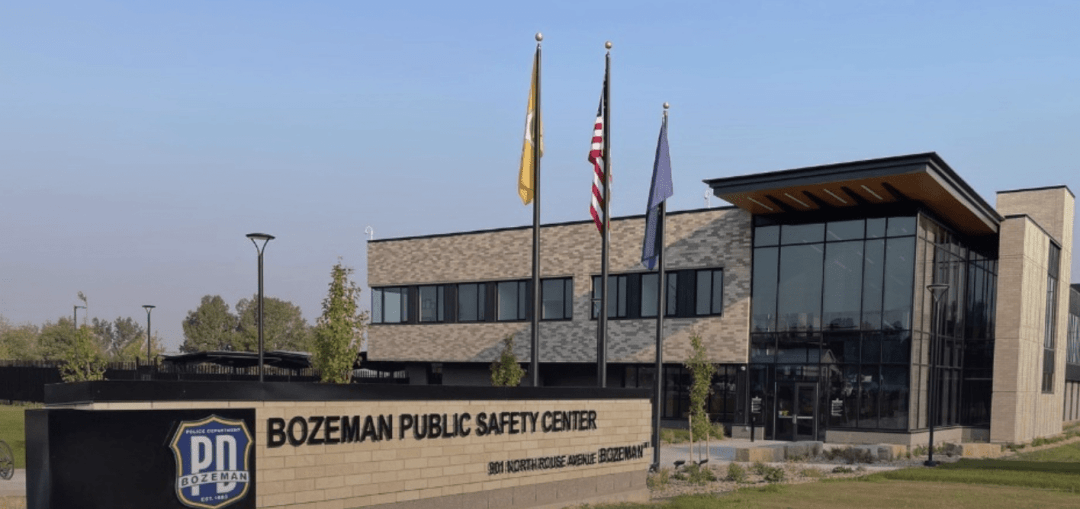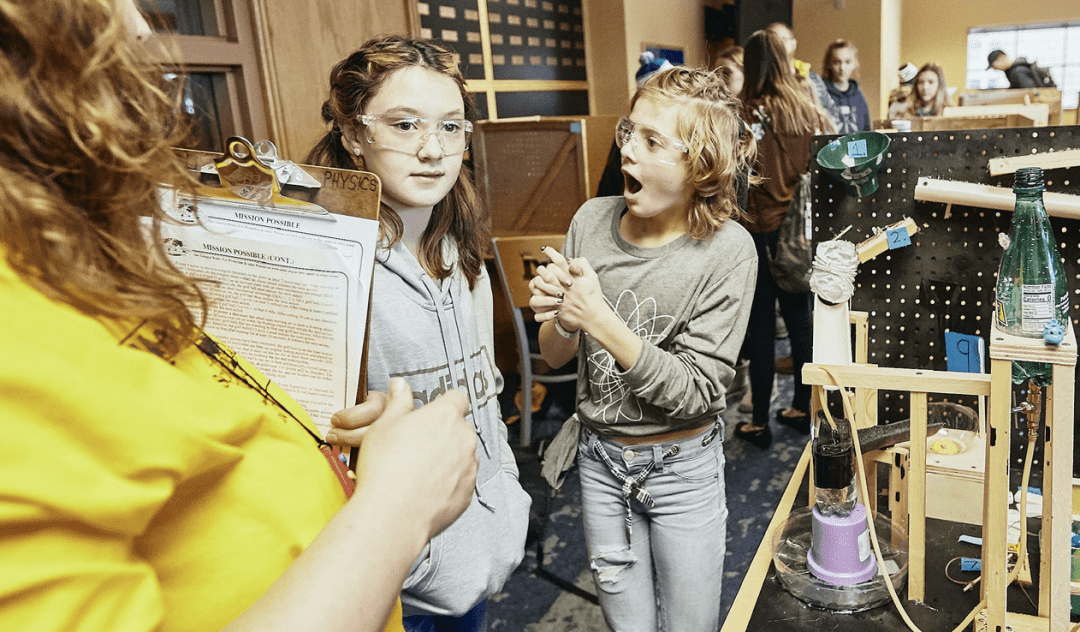BOZEMAN – Over the next three years, a Montana State University professor and his students will fly drones over wintry landscapes in Montana and Finland to measure albedo, the proportion of energy reflected from surfaces on the earth.
Those field expeditions will be timed as closely as possible with the overpass of satellites taking simultaneous albedo measurements from the same locations. The drone- and satellite-derived data will then be analyzed, compared and quantified, and the results will be used to calibrate instruments on the satellites for improved collection of precise albedo data from all over the globe.
The project, funded by a recently awarded $750,000 NASA Established Program to Stimulate Competitive Research, or EPSCoR, grant, is designed to significantly advance the quality and quantity of albedo data available to scientists, a priority identified in 2017 by the National Academies of Sciences for the coming decade. That’s because albedo is one of the primary factors influencing snowmelt, and snowmelt is a primary source of water for one-sixth of the world’s population.
“If we can improve measurements from satellites, we can hopefully better manage water resources that are becoming increasingly valuable,” explained albedo expert Eric Sproles, assistant professor in MSU’s Department of Earth Sciences in the College of Letters and Science, the principal investigator for the project.

The grant awarded to MSU via Montana NASA EPSCoR is one of 14 made to U.S. universities in 2022 to fund studies that align with NASA’s priorities. It was matched with $375,000 in funding from MSU’s Office of Research and Economic Development and the College of Letters and Science.
Venice Bayrd, MSU data curation librarian, and Joseph Shaw, director of the Optical Technology Center and professor in the Department of Electrical and Computer Engineering in the Norm Asbjornson College of Engineering, are MSU’s co-investigators on the project.
Assisting Sproles and Shaw will be an MSU earth science doctoral candidate and an optical engineering doctoral candidate. In addition to those graduate students, a handful of undergraduate students will join the team.
“Students who work on this project will get to work with primary data capture and apply it to a NASA product,” Sproles said. “This has applications in the private sector and the research sector.”
The study will build on work Sproles and Shaw did in 2019 that tested the viability of obtaining and using sensor data from drones to determine albedo in snowy, mountainous landscapes. “It worked really well,” Sproles said.
Snow albedo is influenced by numerous factors, the primary one being sunlight. In simple terms, the more that snow reflects the sun’s energy, the slower it melts. Throughout the winter as the snow changes, its albedo decreases, thus absorbing more incoming solar energy. Similarly, dirty snow, being a darker color, also absorbs more light. Understanding the snowpack’s ability to reflect energy is an important control on how fast or slow the snowpack melts.
Describing albedo, however, is easier than calculating it, precisely because it can vary considerably in even a small geographic area. When a satellite passes over while measuring albedo, Sproles explained, each single data point is taken from an area measuring 30 by 30 meters, or 900 square meters. That’s equivalent to almost 9,700 square feet, the size of a good-sized residential lot.
That makes the albedo data not completely indicative of what is actually on the ground, Sproles noted, while pointing to a photograph of a snow-covered landscape on a treed mountainside. If the single albedo reading is taken from a patch of exposed snow on the slope, it will be entirely different than one collected a few yards away in a dark clump of trees.
And “snow might vary considerably – maybe only part of a square in a grid has snow,” Sproles explained. “This is a challenge of measuring snow albedo from space.”
Sproles, Shaw, and a team of students will use optical sensors developed by Resonon, a Bozeman-based company, to gather data in the field. Two sensors will be mounted on each of several unmanned aerial vehicles (UVAs), or drones. Upward-facing sensors measure incoming radiance, and downward-facing sensors measure reflected radiance. Both numbers are used to calculate the albedo of the surfaces being surveyed.
To improve granularity of sampling, the team will divide the 30x30-meter squares delineated for satellite readings into 900 individual square meters, then take a reading from each. Additionally, those measurements will encompass 156 bands of the electromagnetic spectrum as opposed to the seven wavelengths of visible light measured by the satellites passing overhead – and that’s significant because albedo varies across spectral wavelengths.
Shaw, Sproles and students will analyze the data in MSU’s Optical Technology Center, and the research data and related workflows will be curated and archived to support replicability and reusability in collaboration with Bayrd and an undergraduate student studying Earth data curation. The resulting archive of data sets will be continually updated so that the newest data will be available for further calibration of satellites.
The field team will gather data in the mountains of southwest Montana near Big Sky; at the headwaters of the Missouri in Gallatin County; at MSU’s Bozeman Agricultural Research and Teaching Farm in Bozeman; on the plains of central Montana at MSU’s Central Agricultural Research Center in Moccasin; and at the 70th parallel north latitude in Finland. Those locations were selected to ensure sampling amid a wide range of albedo-influencing variables, including varied terrain and solar geometry – the angle of the sun in relation to the Earth.
The work in Finland will be done in conjunction with the Finnish Meteorological Unit, and data from the European Sentinel satellite will be incorporated into the study.
Sproles also leads one of six field sites in the western U.S. for NASA’s SnowEx project, which seeks better ways to measure snowpack and its physical properties on a global scale. He believes both projects may contribute to advances that will in turn result in positive sociological impacts due to improved water resource management, locally and globally.
“If we can better estimate how much water we have, we can plan accordingly, and make better-informed decisions that can hopefully reduce conflict,” he said. “Our efforts are very true to the Montana State land-grant mission, pushing science forward to impact people’s lives and beyond.”







News Comments
This is so typical of a sign in, which we should not have to do to check if we or some one in our party got a permit. I have been working or "creating an account" for 30 minutes and just get the same ...
Smith River permit drawing results available
Sunday, Mar. 10, 2024
I have struggled with this podcast and my own participation therein, the event itself obviously traumatic, but beyond that my inability to reach anyone and convey anything resembling truth. The person ...
Billings, MT Case Becomes True Crime Podcast | 'An Absurd Result'
Marktokarski
Saturday, Jan. 20, 2024
Why not leave those cheerful, colorful garlands up longer? What’s the rush?
Main Street Closed Jan 2
Saturday, Dec. 30, 2023
You do not have the authority to determine what may or may not be sensitive lands! This is an example of extreme overreach on your part.
City of Bozeman, Gallatin County Adopt Sensitive Lands Protection Plan
Friday, Dec. 22, 2023